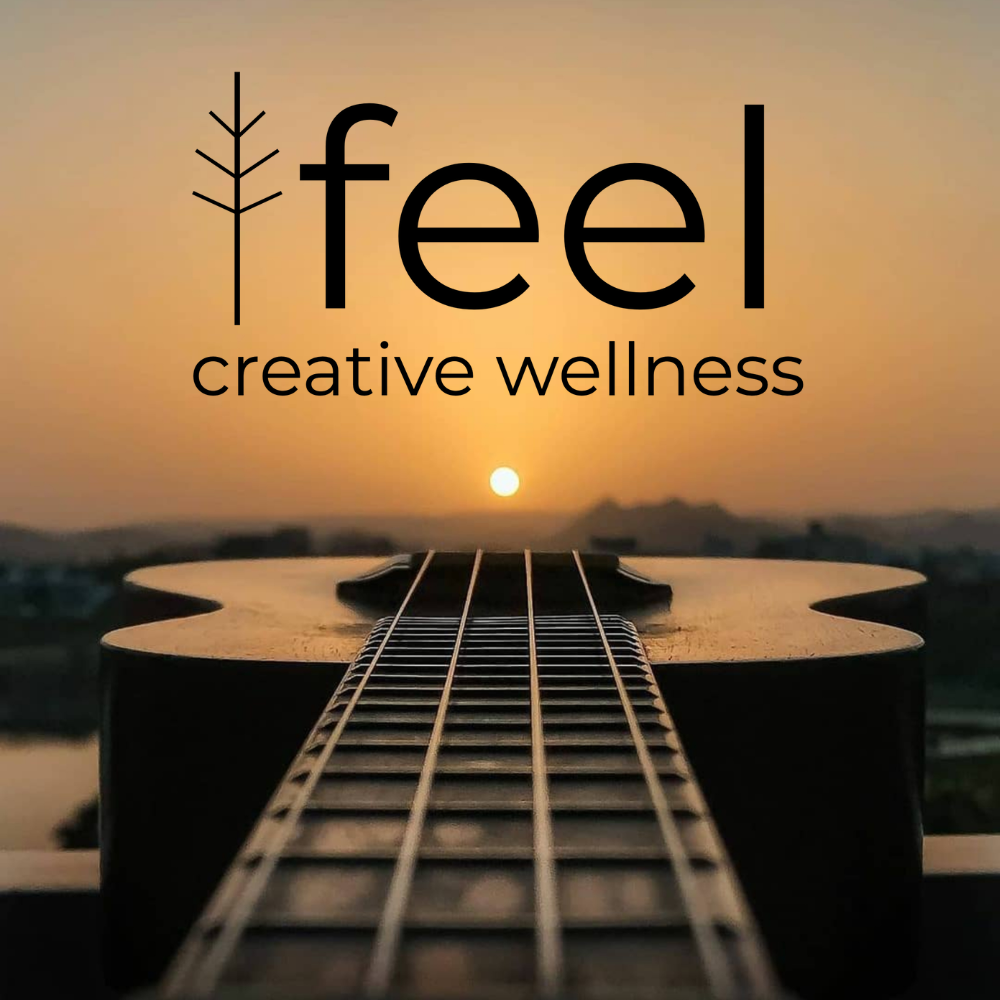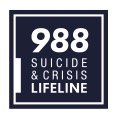How to Save a Life: National Suicide Prevention Month
“Where did I go wrong? I lost a friend somewhere along in the bitterness.
And I would have stayed up with you all night,
Had I known how to save a life.”
September is National Suicide Prevention Month.
September 10th was World Suicide Prevention Day, and it’s a day to remember those affected by suicide, to raise awareness, and to focus efforts on directing treatment to those who need it most.
In honor of this, I want to share about my personal experiences with suicide loss, both as a music therapist and as a friend.
If this article helps you or someone you know, I’d love to hear from you.
ARTICLE CONTENT NOTE : suicide, prison, major depression
When I was 27, I was working as a music therapist in a prison in Vacaville, CA. It was a tough place to work, but it was also extremely rewarding.
I’d been assigned to an acute psychiatric unit, where I provided several music therapy groups a week for the people who were incarcerated there (CDCR—the California Department of a corrections and rehabilitation—referred to them as “inmate/patients” or I/Ps.) These were typically incarcerated people with major mental illnesses: schizophrenia, bipolar disorder, major depression, and personality disorders, to name a few.
The prison would identify inmates who needed mental health treatment and send them to us—the mental health “hospital” inside of the prison—to stabilize them (usually through a combination of medication and therapy) and send them back to CDCR. On acute units, this process was supposed to be expedient. But for a long stretch of time on my unit, the process was *anything* but expedient, and we had the same group of inmate/patients for several months. I also happened to be the only clinician providing groups on our unit at the time. Needless to say, I got to know the I/Ps well.
One patient, who I’ll call “Mr. X” to protect his identity, became a regular in my music therapy groups. He attended at least 3 groups per week, and he was always a willing and enthusiastic participant. He loved 90s rock music: I recall that Alice In Chains and System of a Down were favorites.
But one day he didn’t come to group. This wasn’t too uncommon, as mental illness symptoms fluctuate, so I didn’t think too much about it. After group I walked down the tier and told him through his prison cell door that we all missed him in group. He said he’d be there next time.
But he didn’t come after that.
One day I arrived to the unit and was informed that Mr. X had taken his own life in his prison cell.
I remember first feeling shock, then emptiness. And then guilt. What had I missed? What did we do wrong? How was this possible? He was making progress in therapy!
It took a while for me to come to terms with his death. Management in the prison didn’t give us much time or space to grieve, and I found that odd. It was basically business as usual by 2 pm that same day.
But for me, I could still see him singing and joking around in music therapy group. I still had the books he’d been reading in his cell sitting on my desk, as I was the one in charge of handing out and collecting books on the unit. They sat there for weeks after his death. Did I just put them back on the shelf? Eventually I did, and another inmate read them.
My reaction to his death was further complicated by the memory of a friend who died by suicide 16 years ago on September 10, 2007 at the age of 23. You just never know the far-reaching effects of suicide.
Sometimes we just don’t know “how to save a life,” which is exactly why I felt compelled to use music as my own therapy and sing “How to Save A Life” by the Fray. (Video posted below.)
Sometimes, no matter what we do or how much training we have or how many times we ask how we can help, it’s just impossible to know what’s going on in someone’s mind. We just do the best we can with what we know at the time, and then we release ourselves from the shame and guilt that often comes if someone close to us dies by suicide.
Here are specific ways you can help prevent suicide:
Ask. Research shows people who are having thoughts of suicide feel relief when someone asks after them in a caring way. Findings suggest acknowledging and talking about suicide may reduce rather than increase suicidal ideation.
Be there. Individuals are more likely to feel less depressed, less suicidal, less overwhelmed, and more hopeful after speaking to someone who listens without judgment.
Keep them safe. A number of studies have indicated that when lethal means are made less available or less deadly, suicide rates by that method decline, and frequently suicide rates overall decline.
Help them stay connected. Studies indicate that helping someone at risk create a network of resources and individuals for support and safety can help them take positive action and reduce feelings of hopelessness.
Follow up. Studies have also shown that brief, low cost intervention and supportive, ongoing contact may be an important part of suicide prevention, especially for individuals after they have been discharged from hospitals or care services.
If you are bereaved by a suicide, please know that both individual counseling and suicide support groups can be helpful for suicide survivors. You do NOT have to navigate complex loss and trauma alone. Music therapy is one of those tools that can help you.
If you are thinking of hurting yourself or ending your own life, please know there are resources available to help you. 988 is the National Suicide & Crisis Lifeline. It provides 24/7, free and confidential support for people in distress, prevention and crisis resources for you or your loved ones, and best practices for professionals in the United States. Here are few facts about 988:
Fact: 988 provides support from trained crisis counselors 24/7 for anyone experiencing a mental health or substance use crisis or any other emotional distress.
Fact: You can call or text 988, or visit 988lifeline.org/chat to chat live with someone.
Fact: 988 is free and confidential.
Fact: If a life-threatening crisis is underway (such as a suicide attempt in progress), the best thing to do is call 911.
Fact: Numerous studies show that. most 988 callers feel significaintly less depressed, less suicidal, less overwhelmed and more hopeful after speaking with a Lifeline crisis counselor.
Fact: When you call 988, your call gets routed to a local Lifeline network crisis center based on your area code.
Fact: Unlike 911, 988 is able to provide referrals to local treatment providers.
Fact: 8 in 10 Lifeline calls are able to be resolved over the phone without police involvement.
Fact: 988 isn’t perfect, but it’s a good option if you are thinking of hurting yourself or experiencing a mental health or substance abuse crisis (or know someone who is.)
You are valuable and loved. Every single one of you reading this. Your life matters.💛
If you are searching for someone who will partner with you to help manage depression or other mental health conditions, please consider music therapy, an evidence-based and holistic form of treatment that uses music as the primary tool within therapy. Learn more here.
Whatever time: Day. Night. Weekend.
Whatever the reason: Mental health distress. Substance use crisis.
Thoughts of suicide.
The 988 Suicide & Crisis Lifeline is here for you.
Text 988 | Call 988 | Chat 988lifeline.org
“How to Save a Life” piano cover by music therapists Elisha and Brandon Madsen, original song by The Fray #musictherapy




